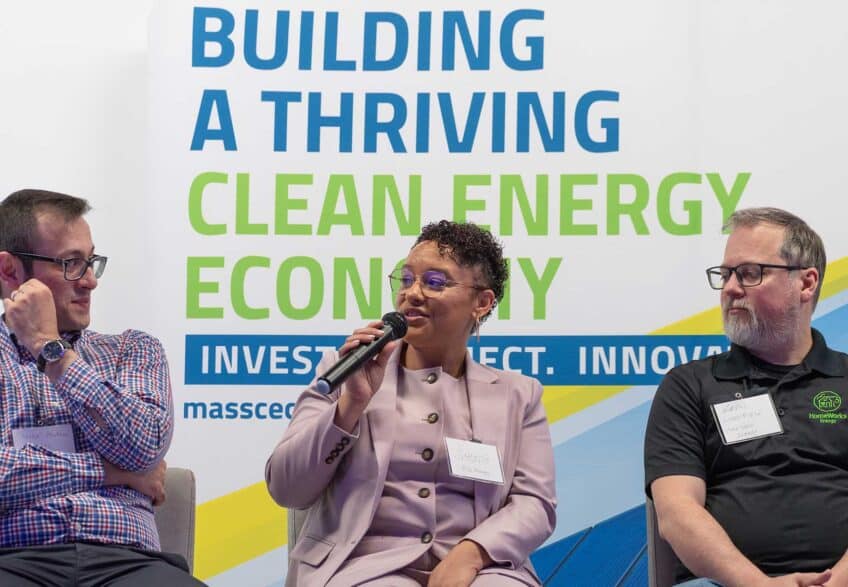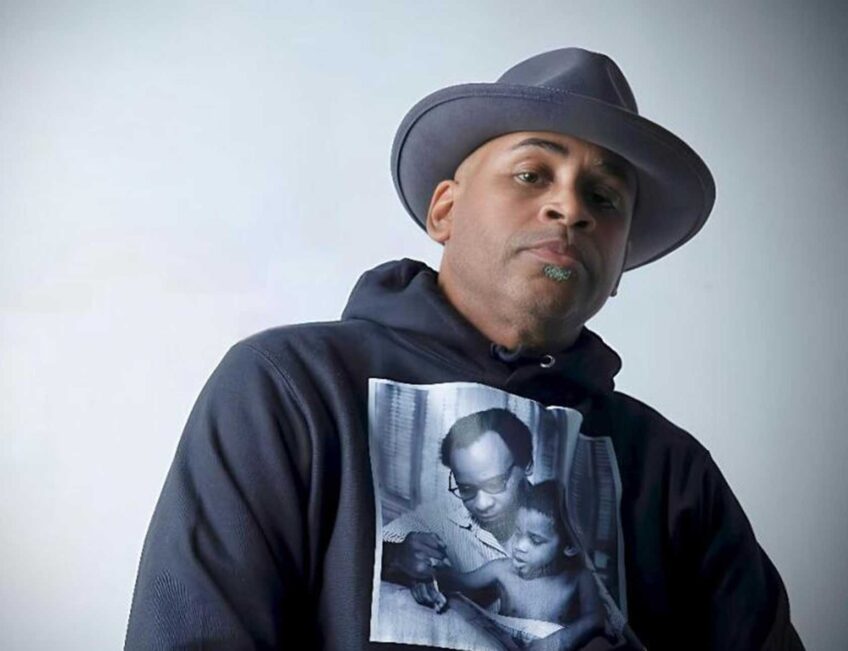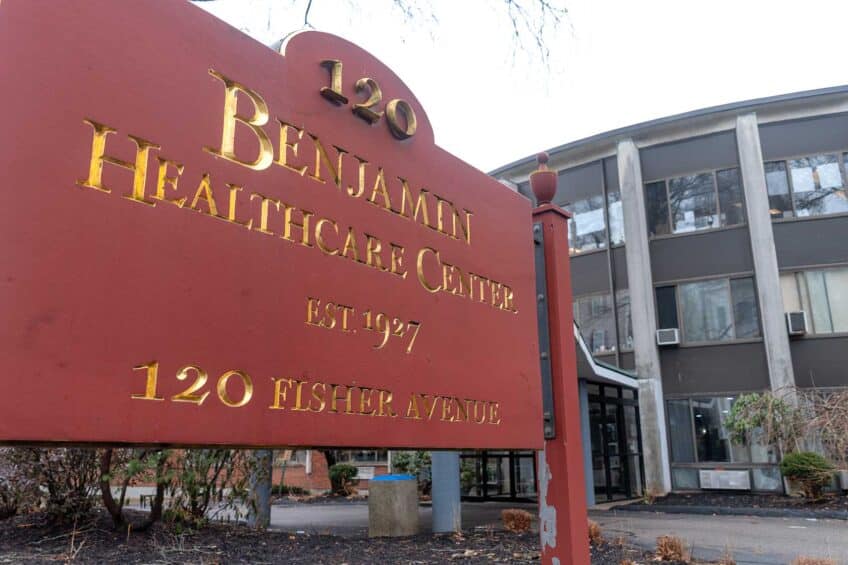Sehar Kiani has spent six months gathering information to fill the eight orange envelopes sitting on her desk.
Each envelope holds one of the John D. O’Bryant High School senior’s college applications. Each holds an opportunity to fulfill her dream to study criminal justice, maybe even become a probation officer one day.
Before she started filling the envelopes, Kiani knew she needed to go to college to make those dreams reality. But she had no one at home experienced enough to help her get started, and her guidance counselor at school “wasn’t helping.”
“Nobody else went to college in my family,” says Kiani, who migrated to Boston with her parents from their native Pakistan when she was 2 years old. “And it wasn’t an option” for her to follow that path.
Kiani’s mother doesn’t work. Her father leaves home each morning at 6 a.m. to go to work delivering packages on a truck. He gets back each night at 8:30 p.m.
“You have to have a better life,” her mother would say to her.
“You have to go,” her father would add.
Now, Kiani feels the same.
“When you are little, you don’t care about it. And then, when you grow up and you see everything, then it makes you want to go,” she says.
Her dream started to feel closer six months ago. In June, she was accepted into Bottom Line, a Jamaica Plain-based nonprofit educational organization that helps disadvantaged Boston youth get into college through one-on-one mentoring and counseling, then helps them make it through by maintaining the relationship during the student’s college years.
Kiani started going to the institution’s Amory Street offices for any kind of help she could get in applying to colleges. After six months of hard work, she was ready to fill her envelopes.
The organization mainly mentors Boston Public Schools students like Kiani. Last year, Bottom Line helped 360 high school seniors with emotional, academic and financial counseling and, later, career support.
Around half of the program’s participants are black and nearly 30 percent are Latino, according to Greg Johnson, Bottom Line’s executive director. About 40 percent, he says, are first-generation immigrants like Kiani.
At Bottom Line, Kiani was assigned to counselor Jesenia Gervacio, who helped her choose schools by location and by field specialty. Gervacio also helped Kiani take care of other details, from reviewing the student’s resume to helping her get together required documents like SAT scores.
Gervacio says Kiani did a good job, and that she is not the typical student.
“Sehar, for the most part, is very independent,” says Gervacio. “She did mostly everything on her own.”
When Kiani went to her first meeting at Bottom Line, Gervacio prepared a list of colleges where she could apply according to her interests and possibilities. The next step was to cut the list down to eight to 12 colleges. Bottom Line has connections to several New England schools that waive application fees for its participants.
While whittling down the school list, Gervacio and Kiani started working on other things, like polishing Kiani’s personal statement, finding out which colleges asked for essays, and getting transcripts and teacher recommendations.
“Basically tying up loose ends so in the end, we have this finished package,” says Gervacio.
Sometimes, students like Kiani have a limited list of schools, says Gervacio. While some students start their lists with around 25 prospective colleges and universities, Kiani started with a list of about 15.
Kiani’s mother wants her to live at home during college, so she needs to look at nearby, commuter-friendly schools like the University of Massachusetts, Boston, Northeastern, Suffolk, Simmons College and Boston University.
Whatever the student’s situation is, Bottom Line counselors promise to provide support during both the good and the bad moments. As executive director Johnson puts it, counselors act as “sort of an active parent that gets involved.”
“We have students that go away to school for four or five years and the parent never goes out and visits them … So we visit,” he says. “We send care packages. We send letters and birthday cards, make phone calls and [send] e-mails to make sure that they are OK.”
With so many students in that situation in the Boston area, Bottom Line is trying to keep pace, looking to expand its offices and hiring more staff to keep up with the growing demand.
“There is a waitlist of over 120 kids,” says Johnson.
The number of high school seniors the organization assisted increased from 200 four years ago to 360 last year, while the number of college students jumped from 350 to 520.
And Bottom Line intends to continue its growth — Johnson says they aim to have at least 500 high school seniors per year in three years, and 1,000 college students in five.
The organization, which has already helped about 2,000 students since its inception in 1997, plans to open a satellite office in Worcester this summer that will accept 75 to 100 high school seniors during its first year. They are also looking for a larger site in Boston.
“We are trying to build what we see in the future as a network of offices that are built around helping kids from urban areas in the state get into and then stay in college,” says Johnson.
If the new office succeeds, Johnson says, Bottom Line will look to open a second Boston office, and two more in as-yet-undetermined locations. Possible sites under discussion include Springfield and Lynn, but the expansion could even move to another state.
“The more kids that keep coming, the more we think we need to find more space,” he says.
It is likely, especially in an increasingly demanding job market, that more kids will continue to come. According to Bottom Line’s Web site, nine out of 10 new jobs in the United States require a college degree.
“There are fewer and fewer employers that are hiring if you don’t have a college degree,” says Johnson. “You have to be competitive and outgoing and interesting. It’s not easy.”
It’s a thorny paradox Johnson knows all too well — nowadays, the economy is built for college graduates, but the system doesn’t help everybody get a college degree.
By age 24, 75 percent of students from high-income families receive college degrees, while less than 9 percent of students from low-income families have the same success, according to statistics compiled by Bottom Line.
“If you look at the lowest income population, they are doing much worse in terms of finishing school,” says Johnson.
He believes this happens because in high-income populations, going to college is part of the family’s culture, whereas in many low-income families, parents and neighbors may not have gone to college and see the cost of higher education as too expensive.
“You have the income … and the lack of knowledge working against you,” he says.
The ones who finish college, however, have a “huge advantage,” he adds.
“The statistics say you’re more likely to live longer [and] healthier … to have a successful job [and to] earn more” with a degree, says Johnson.
For her part, Kiani hopes that’s true. Asked what she expects from college, she quickly says, “A future that doesn’t limit me.”
“And maybe I can set an example for my brothers,” she adds, planning to start a new pattern in her own family.
Without Bottom Line, she says, she doesn’t believe she could have gotten to a point where that dream seemed within reach.
“If it wasn’t for them, I probably wouldn’t be here, packaging my stuff,” she says.
The envelopes now filled, Kiani sits in front of a computer with Gervacio. The counselor tries to convince Kiani that it’s okay to press enter and submit her electronic applications.
Several minutes pass before Kiani finally believes enough to do it.
After she’s pressed the button, she walks to an immense board on one of the room’s walls. The board is called “I’m Done!” It’s where Bottom Line students who have finished the application process mark their achievement with paper stars bearing their names.
Kiani picks up her star and sticks it on the board, taking her rightful place among the names of dozens who have made it this far this year.
She is thrilled.
“I’m done!” she says.






